by Olivia Ladanyi // June 20, 2023
Agnieszka Kurant is a New York-based conceptual artist whose work probes possible futures within a post-digital economy. Kurant uses AI to investigate the phenomena of collective nonhuman intelligence, exposing how it undergoes perpetual evolution much like living organisms. Her work also exposes and undermines the present and future conditions of surveillance capitalism, where our online footprint is mined as assets, and where every possible state has become quantifiable, computable and monetized.
‘Uncomputables’—Kurant’s first institutional solo exhibition in Germany—brings together works that explore the impact of technology on collective agency, demonstrating the unpredictable, uncomputable nature of biological and artificial manifestations of the future. Considering the reliance of surveillance capitalism on these algorithmic predictions to mine humans for their digital output, the works on show at Kunstverein Hannover can be seen as a protest against an economy that treats the future as speculative real estate.
Works on view—some previously shown, some new—include the entanglement of a living 74-year-old juniper bonsai tree with the algorithmically-predicted future form that this species might take, entitled ‘Semiotic Life,’ and ‘Errorism,’ in which Kurant trains AI algorithm GPT3 to predict potential works that she could create in the future. Liquid crystal painting ‘Conversions’ employs “data mining” to harvest the emotions of protesters on social media, transforming in real-time. In these, Kurant explores the concept of “third nature,” undermines the future of creativity and reveals how digitally-mobilized crowds have become easily-manipulated workers in today’s algorithmic society.
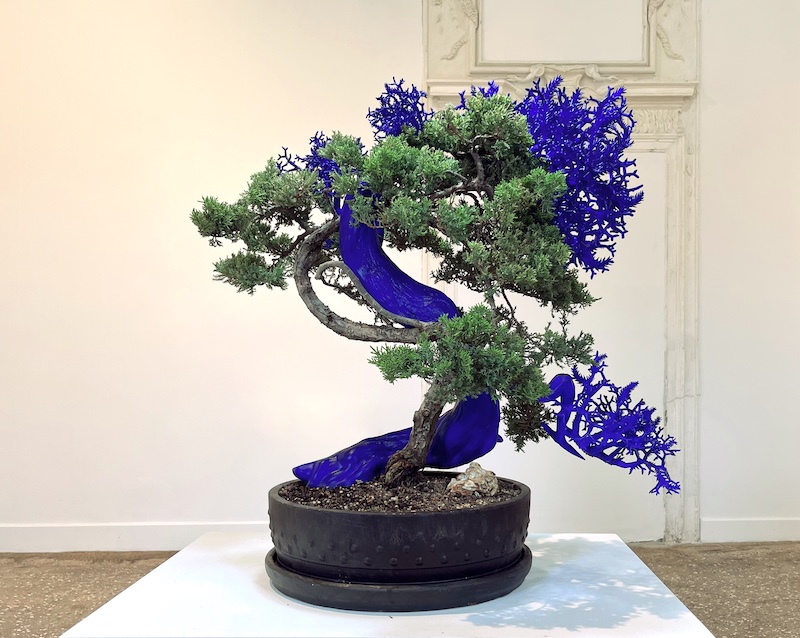
Agnieszka Kurant: ‘Semiotic Life,’ 2022 // Courtesy of the artist
Olivia Ladanyi: Can you tell us about your current show ‘Uncomputables’ at Kunstverein Hannover?
Agnieska Kurant: The exhibition investigates the future of labor and creativity and the impact of technology on transformations of the human—the plasticity of the social brain—and on mutations of matter and ecosystems. I am exploring the post-digital, extractivist economy of digital capitalism, which treats the entirety of society as a factory and the future as speculative real estate. ‘Uncomputables’ contains several hybrid forms oscillating between the digital, biological and mineral, between natural and artificial, real and virtual, life and non-life.
Many works in the show are products of collective intelligence or agency as I realize them by creating conditions in which unpredictable, often unstable forms—assemblages and amalgamations—emerge or crystallize from complex systems of human and nonhuman agents: millions of molecules, microbes, termites, ghost workers or protesters.
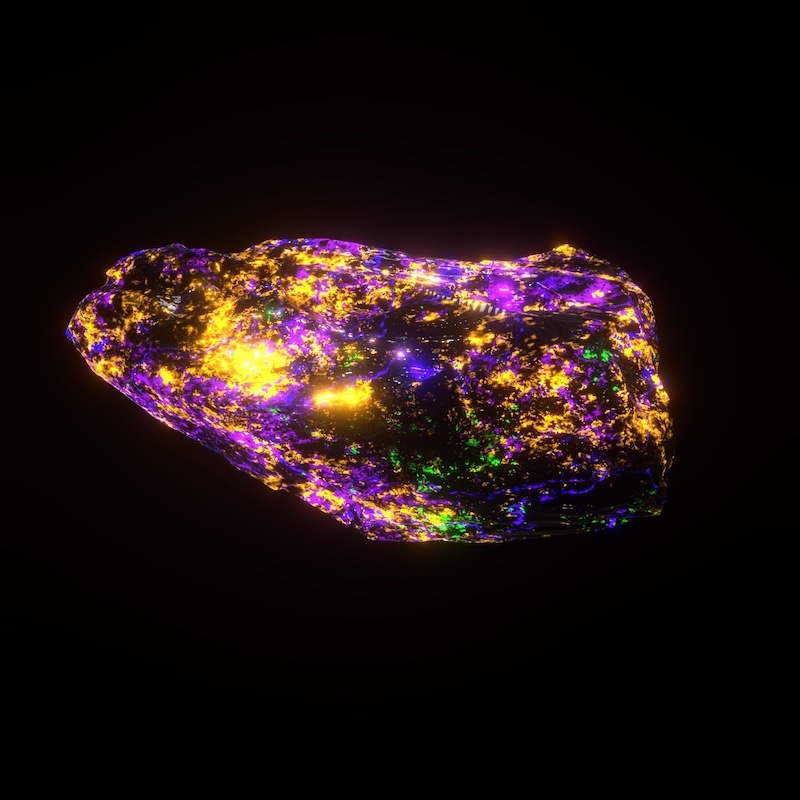
Agnieszka Kurant: ‘Sentimentite,’ 2022 // Courtesy of the artist
OL: The name ‘Uncomputables’ derives from the exhibition’s probing of possible futures within a post-digital economy. If these futures are in fact based on systemic errors and ultimately uncomputable, how do you try to make sense of them in your work?
AK: It fascinates me that predicting the future influences the actual future. Platform capitalism is obsessed with the prediction and elimination of errors, but errors are what lead to social change and discoveries that exceed the existing paradigm, so errors should not be eliminated. An error by definition can’t be computed because it is an unexpected outlier.
Corporations and governments try to predict and control future behavior of individuals and crowds with AI algorithms, but the systemic errors and biases make it impossible to accurately anticipate social change as this is a complex nonlinear process, impossible to control, even within our system of total cybernetics.
In a world where everything seems computable and therefore controllable, I got interested in uncomputables: the phenomena that are impossible to predict and control, emerging in society, ecosystems and inorganic matter. Examples of such complex phenomena include the evolution of a social movement or a revolution.
Creativity is based on errors and accidents, it is not deterministic. I did, however, anticipate the possibility of someone producing my possible future work without my participation or agency, using AI. An artwork that seems like my work but of which I am not the author. So I created the hologram ‘Errorism,’ also included in the show, which is precisely that.
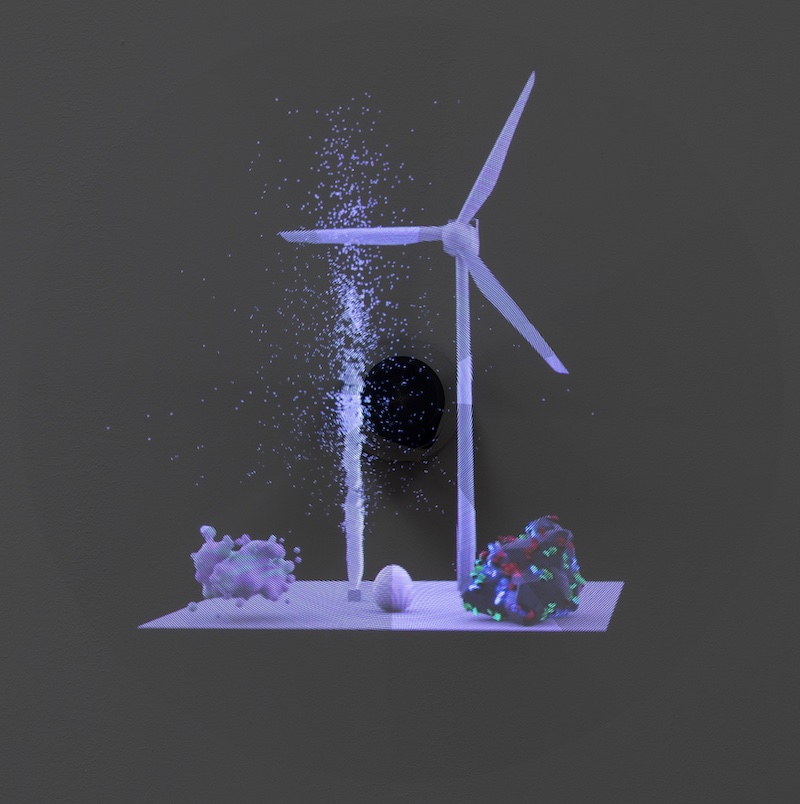
Agnieszka Kurant: ‘Errorism,’ 2021-2023 // Courtesy of the artist
OL: You have described tweets, shares and likes, and the exploitation of society’s online activity by corporations and governments as “the new oil and gas.” Can you explain the new forms of commodity and currency that you see emerging?
AK: Contemporary digital capitalism is extracting value not only from every currently available part of the universe but even from the future, which is treated as speculative real estate. The crowds became the most important assets in the contemporary economy. Our emotions and feelings expressed online are being immediately exploited and monetized. Even our protest against the system, as long as it leaves any digital footprints to which some advertising can be tagged on, can be capitalized upon. And therefore social energies became part of the global energy market, along with oil and gas. Energy in general becomes the most important currency, which we are observing especially since the beginning of the war in Ukraine, resulting in the energy crisis. Today, energy produced by solar and wind farms is powering the production of cryptocurrencies, pretending to function as a perpetual motion machine producing value without embodied labor. But, of course, the labor is just concealed: performed by workers at mines of lithium and nickel, the minerals essential to power computers.
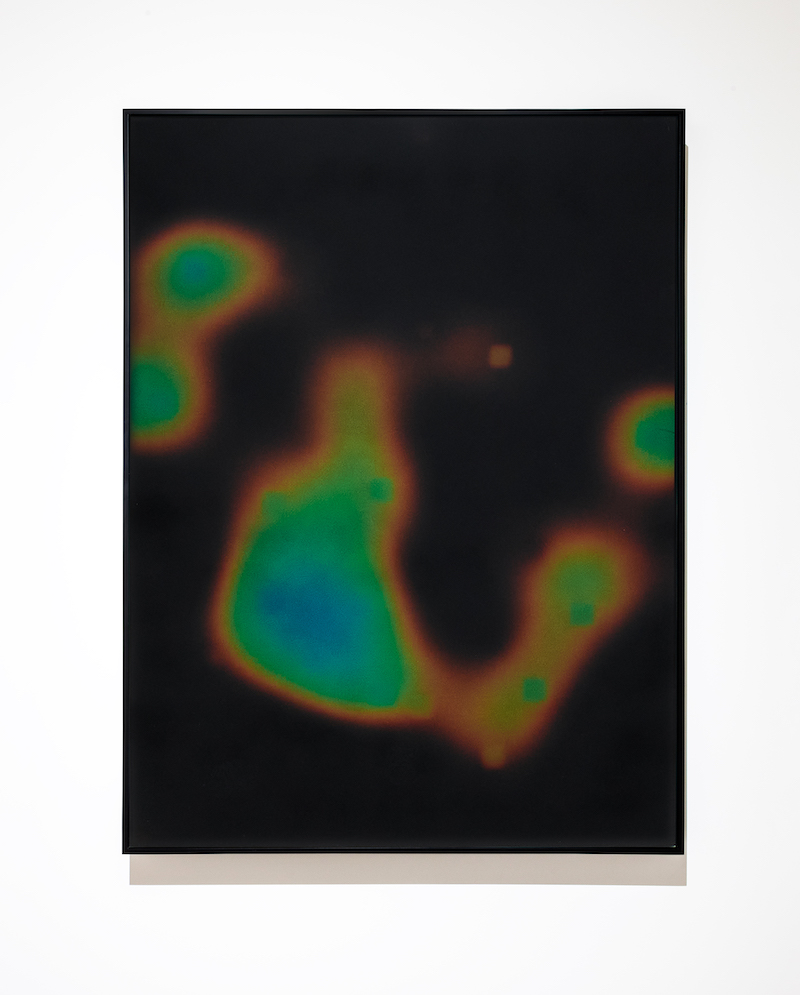
Agnieszka Kurant: ‘Conversions,’ 2021-2023 // Courtesy of the artist
OL: ‘Uncomputables’ resonates with the identity of Hannover, the Expo City, “now turned into forgotten necrofuture.” Can you talk a bit more about the connection between the exhibition’s themes and this evolution of the city?
AK: The identity of Hannover was constituted by the positivist and neoliberal ideology of linear progress related to digital technologies, especially computers, exemplified by the largest European computer fair, CeBIT, held in Hannover from the 1970s until 2018, and of course the Hannover Expo 2000. Today, we can visit the ruins of the latter and examine how these necrofutures failed to predict the most important problems that humanity would face only a few years later. It is a living example of uncomputables, of our inability to predict the future of human civilization and of technological progress, which evolve in a nonlinear way.
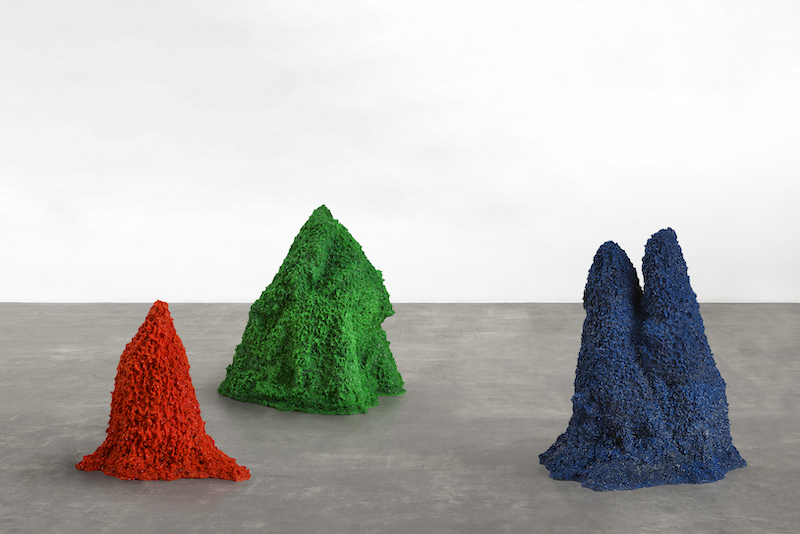
Agnieszka Kurant: ‘A.A.I. (Artificial Artificial Intelligence),’ 2016 // Courtesy of the artist
OL: What are you working on at the moment and how do you plan to develop the themes explored in ‘Uncomputables’ after the show?
AK: I am currently working on my upcoming solo exhibitions at Mudam Luxemburg and at Kunsthal Gent. I am finishing my monograph book ‘Collective Intelligence,’ which is co-edited by Stefanie Hessler and Jenny Jaskey and will be published this year by Sternberg Press/ MIT Press.
I am also working on a conference on the subject of energy, which I am co-curating with Carolyn Christov-Bakargiev at Castello di Rivoli in Turin. It will take place on September 23rd of this year.
Exhibition Info
Kunstverein Hannover
Agnieszka Kurant: ‘Uncomputables’
Exhibition: May 14–July 16, 2023
kunstverein-hannover.de
Sophienstraße 2, 30159 Hannover, click here for map






















